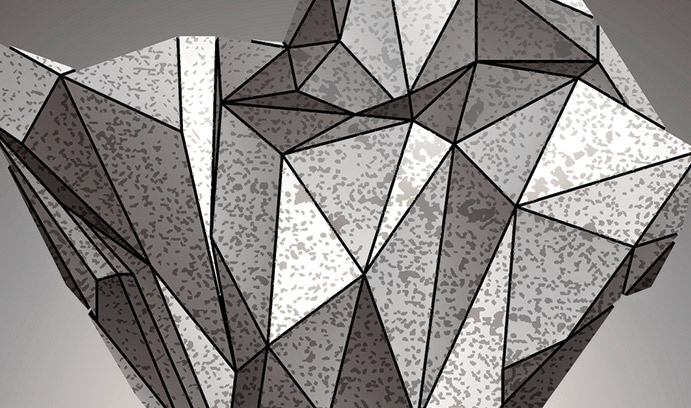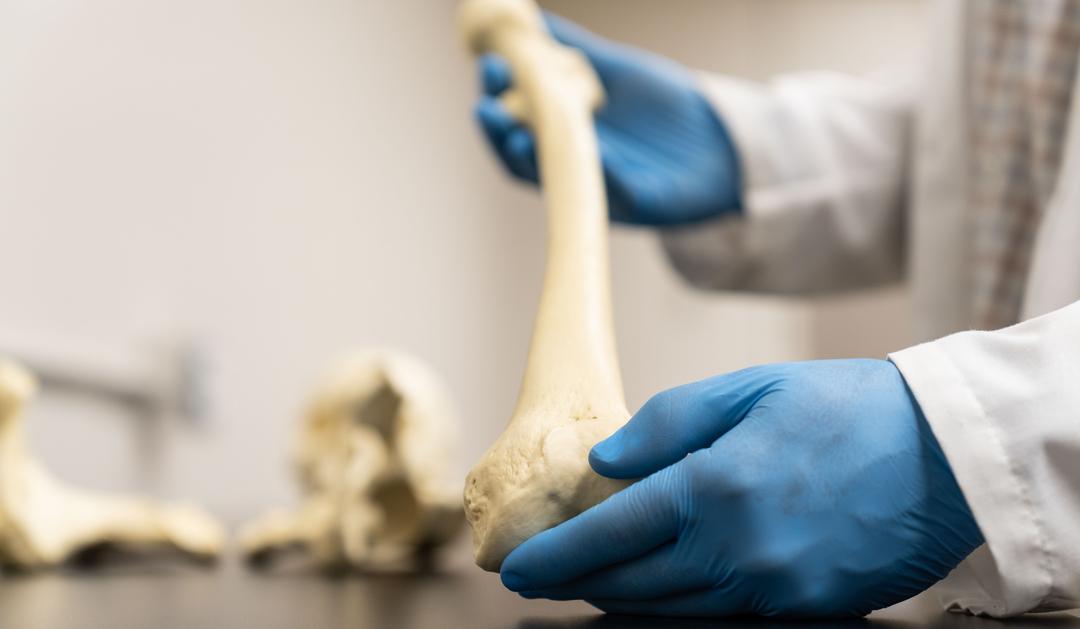A Materials-Focused Approach to Additive Manufacturing

Lehigh's strengths in materials development put the university in a unique position to help shape the future of additive manufacturing.
Tradition & Technology
From its earliest days, Lehigh has been invested in materials. Mining and metallurgy was one of the university's first academic programs in 1865. It makes sense, then, in an age marked by rapid technological advancements, that Lehigh would turn to materials—in this case, the metals used in additive manufacturing, also known as 3-D printing.
As many universities and research centers explore the applications of 3-D printing, Lehigh is "one of a very small handful of places that has made materials really the focus," says Richard Vinci.
Vinci, professor of materials science and engineering, is director of Lehigh's Center for Advanced Materials and Nanotechnology (CAMN), which fosters fundamental and applied research focused on the development and characterization of materials and processes.
"The center is an interdisciplinary group of researchers from multiple colleges," says Vinci. "[And additive manufacturing] is the kind of technology that benefits from and meets the needs of a diverse set of scholars. It is an area that I think is ripe for an injection of really good materials research."
Last year, Lehigh acquired a Renishaw industrial platform 3-D metal printer, one of only a few 400-watt laser systems Renishaw has installed in the United States. A unique educational partnership with Renishaw allows Lehigh to change the machine's processing parameters as needed for research. Brian Slocum, director of Lehigh's Additive Manufacturing Lab, traveled to England to learn from Renishaw's research and development staff.
The printer employs powder bed fusion technology. Any type of metal that can be rendered in powder form is smoothed, melted with a laser into a single metal piece and dropped down 100 microns. A new layer of powder is pushed on top of it and the process repeats, layer by layer.
"The underlying science of that is very similar in many respects to things that have been studied here at Lehigh for decades," says Vinci.
A small number of relatively well understood metals are commonly used in additive manufacturing. Titanium, with its extensive applications in the aerospace and biomedical industries, is among them. But, says Vinci, that small number of materials can't compare to the thousands available to designers working in more conventional machining and fabrication. To better understand and expand the number of materials available for use in additive manufacturing, Lehigh researchers are investigating less-explored metals such as nickel-based materials and is among just a few institutions conducting active research in copper.
Lehigh faculty are working with industry partners—producers as well as end users—to study the use of other high-temperature materials in additive manufacturing.
"Our traditional strengths in understanding how materials behave and being able to look at the structure and chemistry of materials at an atomic level is something that is just beginning to emerge as important to this field," says Vinci. "The time is right for this materials development to happen. That's where I see Lehigh playing in this area and making our mark."
This story appears as "Tradition & Technology" in the 2017 Lehigh Research Review.
Posted on:




